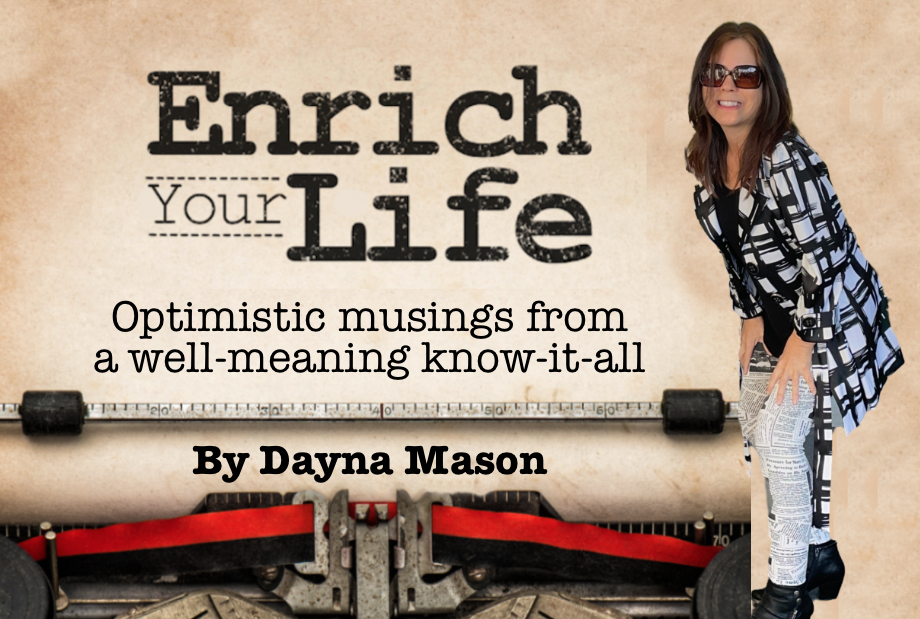From an early age we’re taught to suppress our negative emotions—that they’re bad and something to get rid of as soon as possible. As adults we worry that feeling them will be more painful than pretending they don’t exist. We tell ourselves to “suck it up” and distract ourselves with screen time, busyness, alcohol, drug use, etc. But avoidance compounds the pain, because then we feel bad about feeling bad.
Our difficult emotions are trying to tell us something is wrong, and science tells us that relief can be found in simply acknowledging the message our body is communicating.
We must name our emotions to relieve them.
“Affect labeling” lessens our pain
A study published in Psychological Science found that “affect labeling,” the practice of naming your difficult emotions at the moment you notice, them can alleviate them.
This study asked 88 people with a fear of spiders to approach a large, live tarantula in an open container. They were divided into four groups and told to walk closer and closer to the spider and eventually touch it if they could.
Of the four groups, only the first group was able to get closer to the tarantula on the second attempt. This group was asked to describe the emotions they were experiencing— saying, for example, “I’m anxious and frightened by the terrifying spider.” There was no attempt to change their experience, only to state what they were experiencing.
The second group was instructed to use the typical approach for helping people confront fear—using statements to make the experience less threatening. For Example, “That little spider can’t hurt me; I’m not afraid of it.” The other groups were told to either say something irrelevant to the situation or nothing at all.
The researchers found that the first group did far better than the other three; they were able to get much closer to the tarantula the next time around and were significantly less emotionally aroused.
Describing the tarantula as terrifying reduced the fear of it. In other words, when we name our emotions, we lessen our pain. For some reason that science doesn’t fully understand, saying what we’re feeling is enough to make a difference in what we feel in the future.
How to name our feelings and heal
When you feel discomfort, ask yourself, “What am I feeling?”
Focus on the feeling. Don’t get caught up in judging it. Acknowledge what you feel and let go of the details.
For example, say this: “I feel sad and hurt by my divorce.”
Not this: “It’s not a big deal. I’m better off without them anyway.”
Or say this: “I’m afraid of making a change.”
Not this: “Why am I such a wimp. There’s nothing to be afraid of.”
Self-criticism and denial sabotage our healing. They encourage us to hide the truth from ourselves and can lead to anxiety and depression. Be gentle and compassionate with yourself. Sit with the discomfort. Cry. Punch pillows. Talk to yourself like you would someone you love.
It’s going to hurt. But every moment you’re hurting, you’re doing the work of healing. Feeling is not a task to finish and move on from but to move through. It leads to a new way of being.
What we fear establishes the boundaries of our freedom
When we stop running from our discomfort—and instead, welcome it, feel it—we bust through our limitations and heal our emotional trigger spots.
Naming our emotions is not only worthwhile for wellbeing, but reduces or even eliminates the fear that holds us back from our best life.
A richer, more rewarding life awaits us on the other side of feeling.
====================
Don’t miss future articles by Dayna Mason. Join the Enrich Your Life Newsletter community:
More info about Dayna here: www.DaynaJo.com or at https://www.facebook.com/daynajoauthor/
====================



